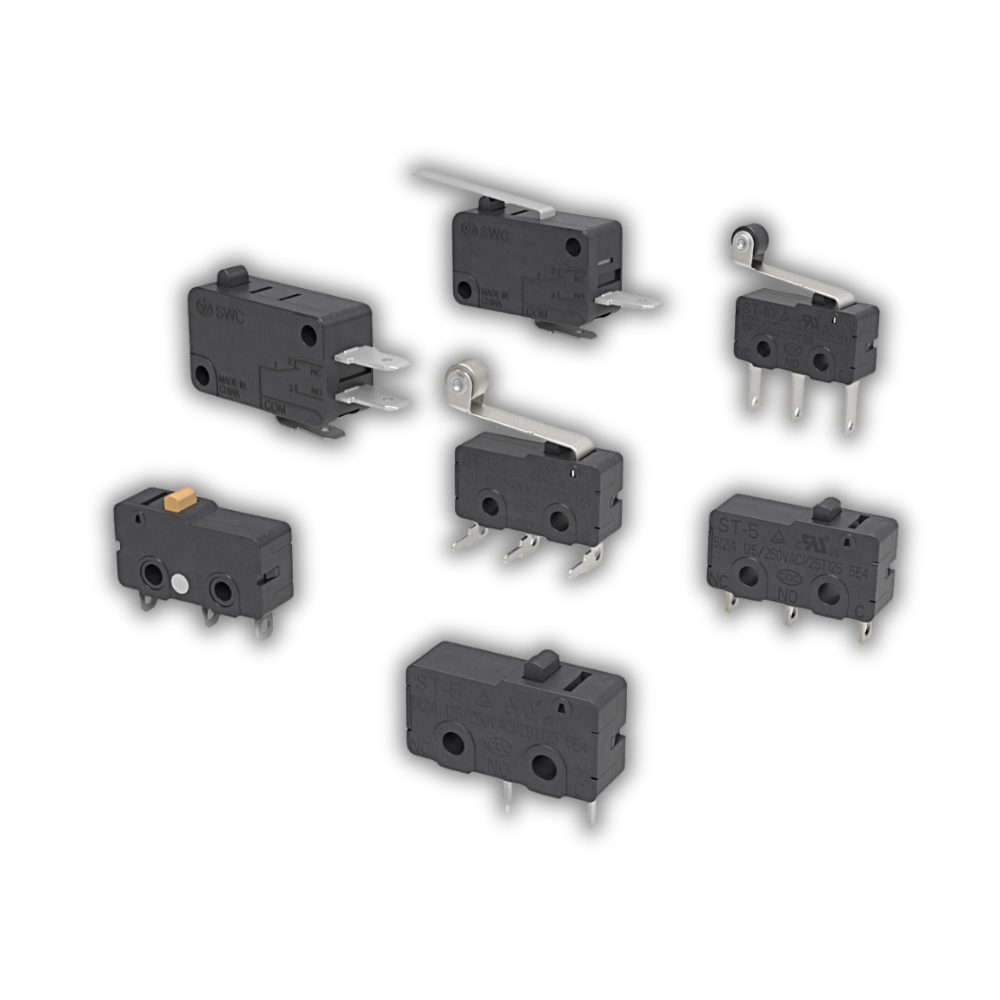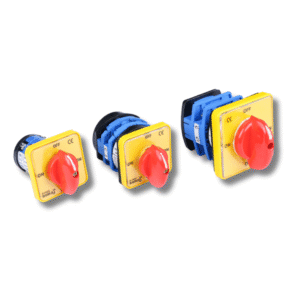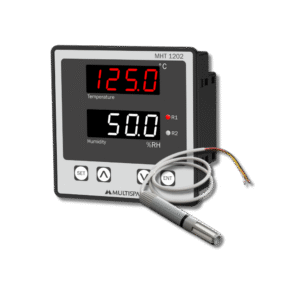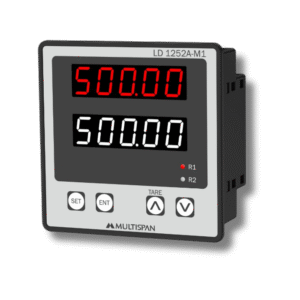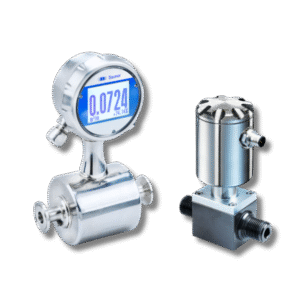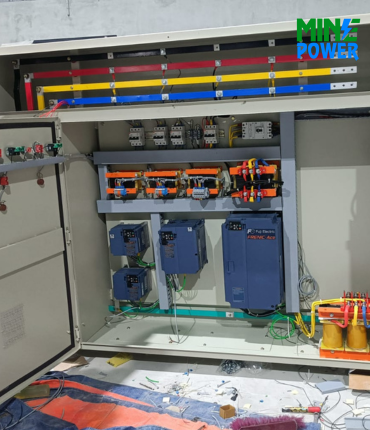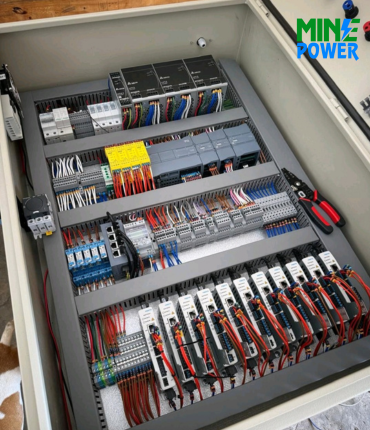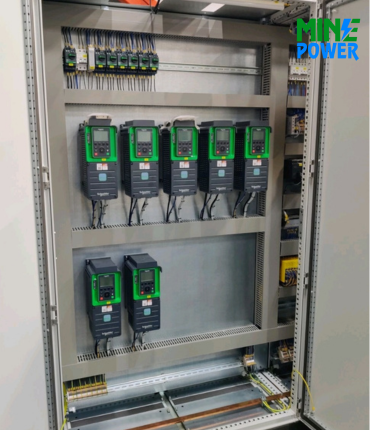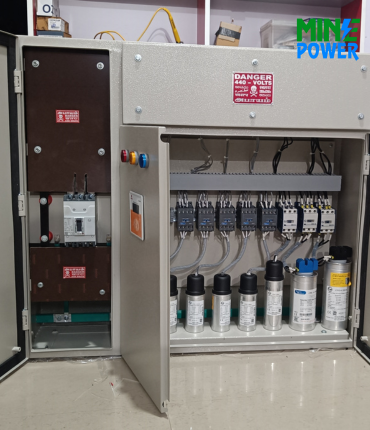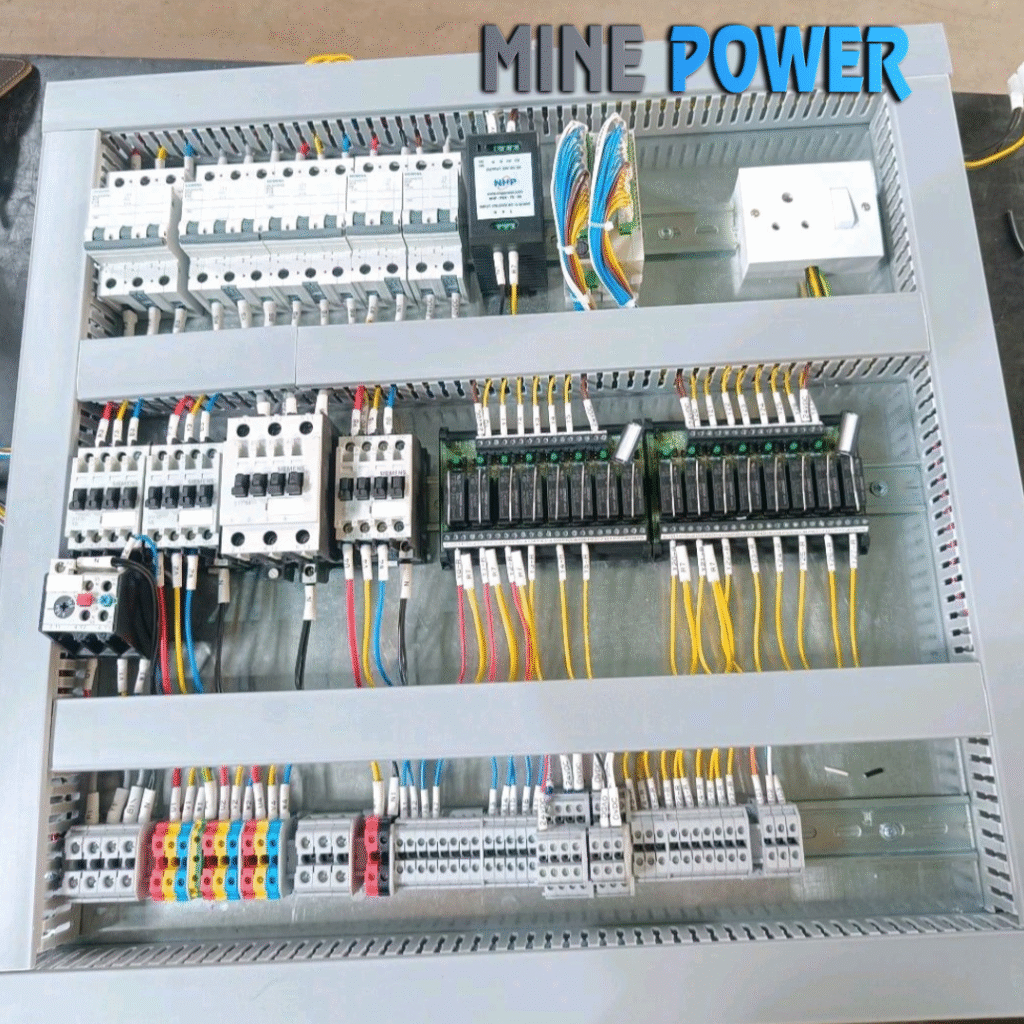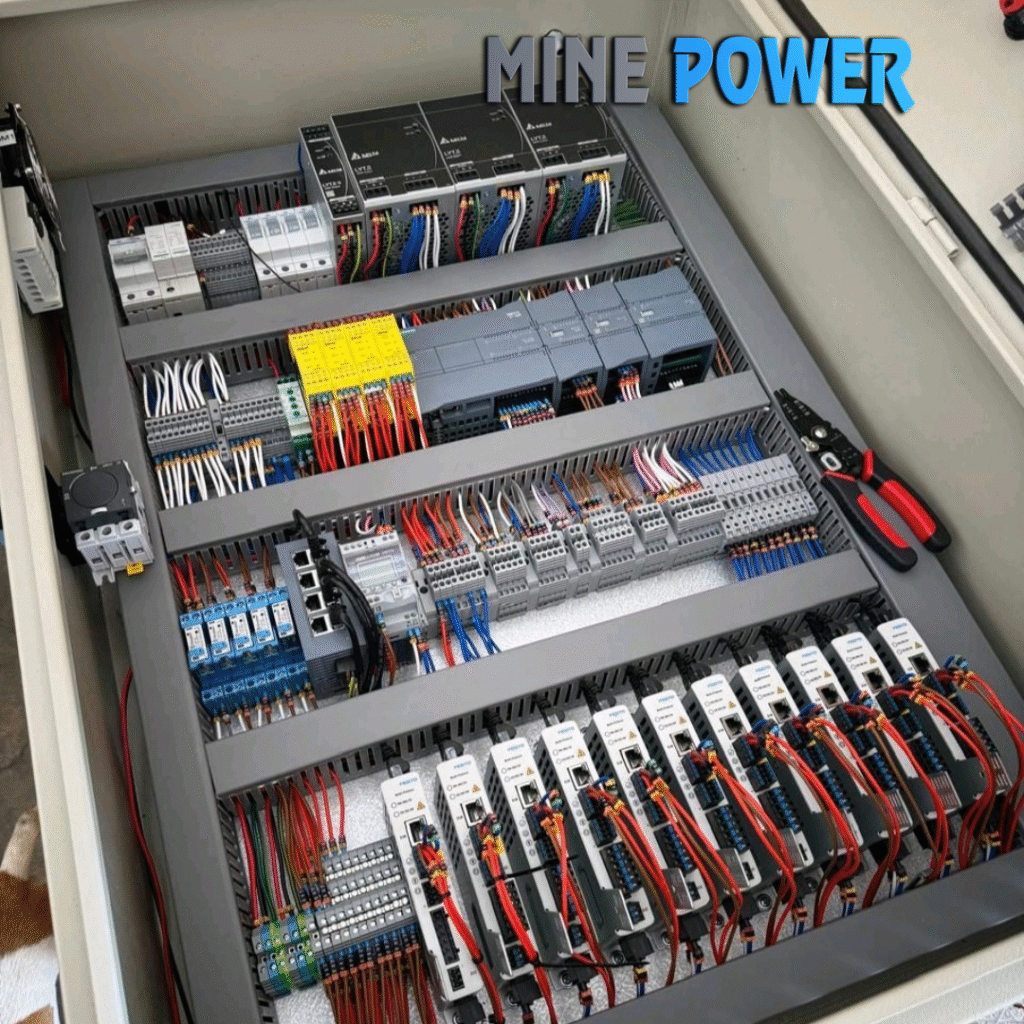Micro switches are compact snap-action switches that operate with very little physical force, delivering quick and precise switching. Known for their high durability, repeatability, and long service life, they are widely used in appliances, automotive systems, industrial machines, and safety devices. With various actuator options and a compact design, micro switches provide a cost-effective and reliable solution for control and safety applications.
Description
A Micro Switch is a miniature snap-action switch that operates with a small physical force and minimal actuator movement. It delivers quick and precise switching, making it highly reliable for safety devices, control systems, and automation applications.
Specifications
-
Actuator Types: Pin plunger, Lever (short/long), Roller lever
-
Contact Types: SPDT (common), SPST, DPDT
-
Operating Voltage: 12V DC – 250V AC
-
Current Rating: 1A – 15A
-
Operating Force: 10g – 200g (very low actuation force)
-
Mechanical Life: Up to 20 million cycles
-
Standards: IEC 61058, UL approvals
Features
-
Snap-action mechanism for quick and reliable switching
-
Operates with minimal movement & low force
-
Available in compact sizes for space-saving applications
-
Long mechanical & electrical life
-
Variety of actuator designs for flexible use
-
Cost-effective and widely available
Applications
-
Home appliances – microwaves, washing machines, refrigerators
-
Automotive systems – door switches, seatbelt sensors, window lifts
-
Industrial machines – safety interlocks, precision detection
-
HVAC systems – airflow & pressure switches
-
Consumer electronics – push buttons, reset switches
Advantages
-
Very reliable and long service life
-
Requires low actuation force
-
Compact and easy to mount
-
Provides accurate and repeatable switching
Disadvantages
-
Limited current handling compared to larger switches
-
Mechanical wear possible over long use
-
Not suitable for non-contact sensing (use proximity sensors instead)


